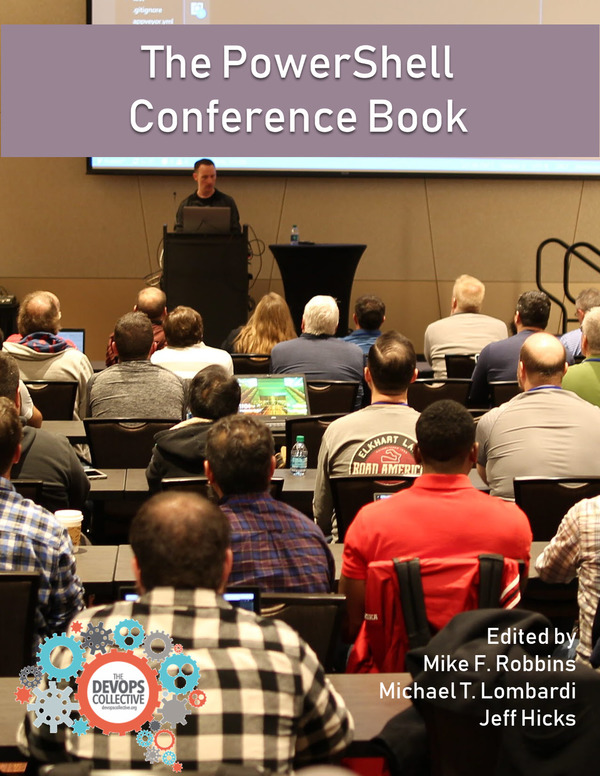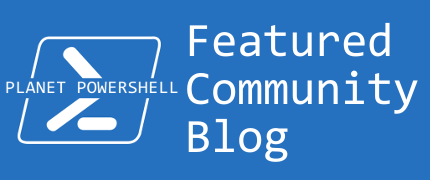App-V, What is it ?
Well, Microsoft Application Virtualization is an application virtualization and application streaming solution from Microsoft. To break that down a bit more, a App-V application does not make changes directly to the underlying operating system’s file system and/or Registry, but rather is contained in an application-specific “bubble”. So this can be an excellent way to deploy applications to users within your company. As a SCCM Administrator, the general involvement with applications is to deploy and remove. Its certainly useful to know how App-V works and the process involved to install on a computer. As App-V is primarily based on PowerShell, it means that installs and uninstalls have there own cmdlets.
During a recent rollout of Windows 8.1 I was heavily involved with, a question that came up many times was, “Application deployment, User or Device?”. Both have a place, but the main point to consider is how you manage software licenses. Deploying licensed applications to users can be troublesome. Even for instance if you mark the deployment in SCCM as, “Only deploy to primary device”. Consider this, a desktop engineer has a licensed software application deployed to his user account. He logs on many machines a week to troubleshoot various issues. Before you know it you’ve breached your license quota ! This is what happened to my company. A licensed application, deployed to users, got everywhere. So, how can we remove this application from all these devices ?
Many things to consider when removing a user targeted virtual application, as I found out. Getting a better understanding of how App-V works and working with PowerShell by using the “Get-Command” and “Get-Help” cmdlets on the App-V module, I came up with this script. I wanted to make the script generic, so I could reuse in the future. Lastly, how would SCCM be able to detect if the removal was a success ? To achieve this I added a parameter to specify a ‘.flg’ file (Flag file) to create in c:\windows\temp if the removal was successful, which I could reference in the detection settings of SCCM. To help troubleshoot any failed removals I created a log file also in c:\windows\temp. I’ve used a ‘controller script’ to dot-source the main script into memory and hard coded the parameters for the sake of the SCCM uninstall deployment.
This script has worked well in my company, so I hope you find it some benefit. I’ve added the scripts to my GitHub to make it easier to get.


